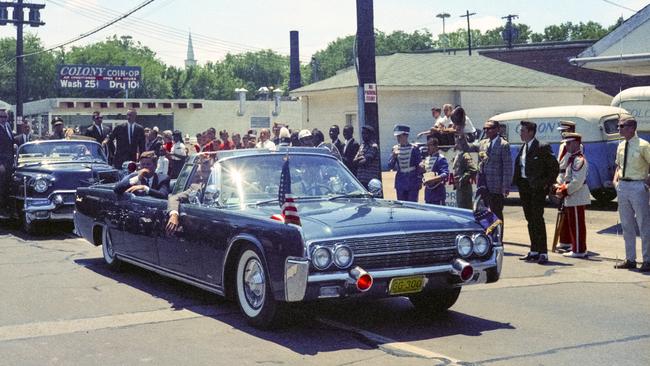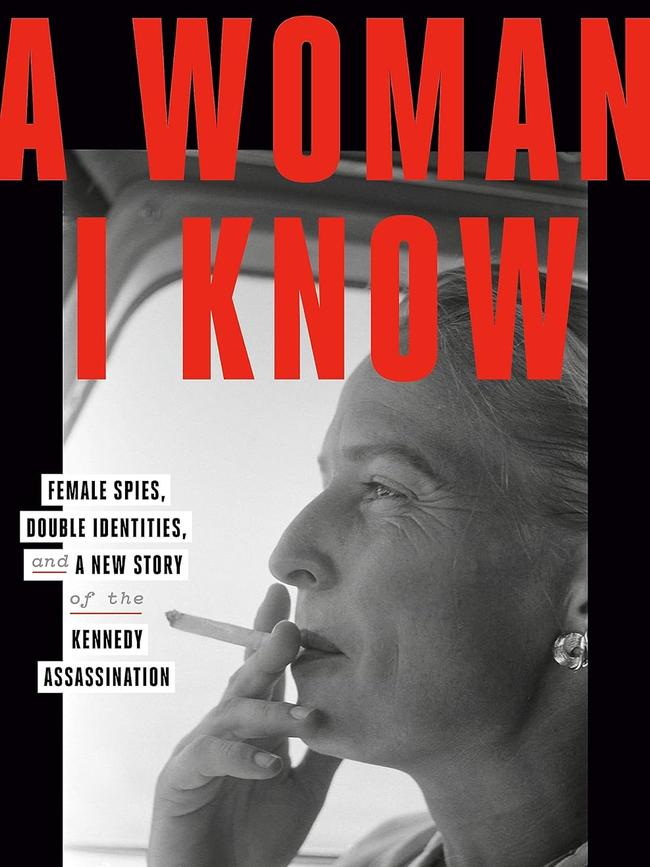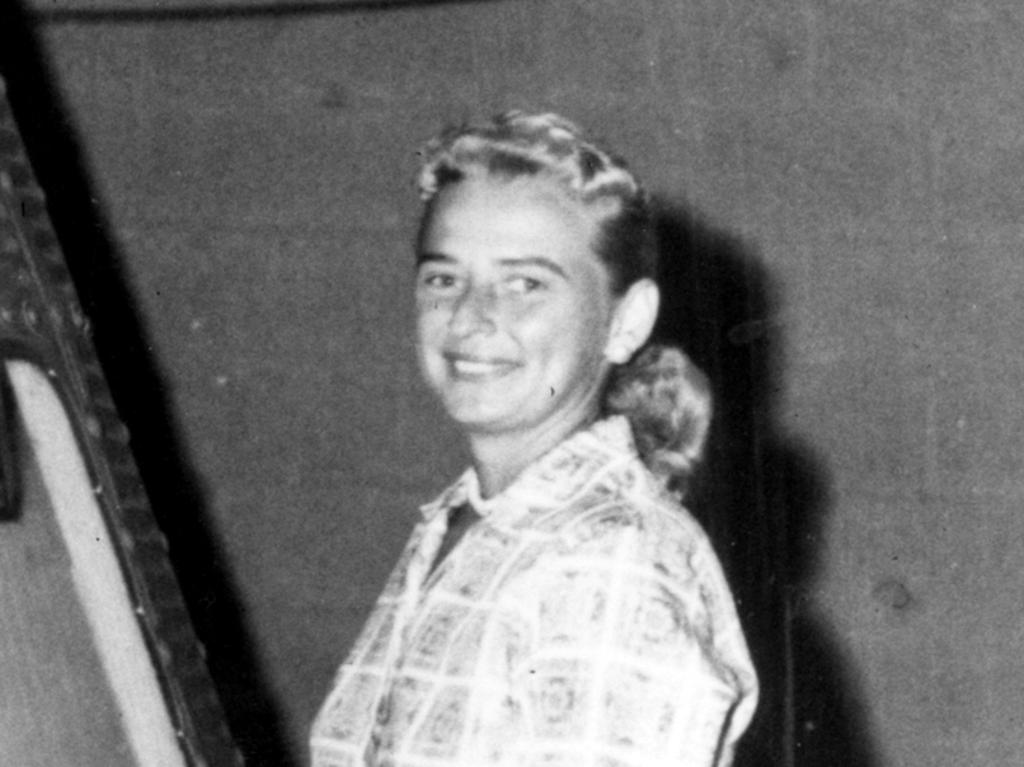Could this JFK conspiracy be true?
An accidental discovery has revealed a new theory about the assassination of the US President more than 60 years ago.

The assassination of President Kennedy has been the subject of conspiracy theory for decades. Most have been dismissed, but a new book by Mary Haverstick contains a plausible new theory that deserves some attention.
First, a review of the existing literature: Vincent Bugliosi’s 1612-page Reclaiming History: The Assassination of President Kennedy (2007) made a compelling case that Lee Harvey Oswald had acted alone and that all the conspiracy theories about the assassination were fatally flawed.
John Newman - author of Oswald and the CIA, and a consultant for Oliver Stone’s film, JFK - demonstrated in his examination of the declassified files that the CIA was, to say the least, not honest with the Warren Commission about what it knew about Oswald and what it did in the years leading up to the assassination of Kennedy.
Newman’s five-volume study of documents declassified under the JFK Records Act of 1993 - Where Angels Tread Lightly (2017), Countdown to Darkness (2017), Into the Storm (2019), Uncovering Popov’s Mole (2022) and Armageddon (forthcoming) - have greatly enriched the literature.

Now comes Mary Haverstick, building on the painstaking work of Newman and others, and she seems to have broken new ground. She appears to have documented an actual conspiracy to assassinate Kennedy, conceived and carried out by William King Harvey, Arnold Silver and their clandestine team within the CIA’s Division D, using Lee Harvey Oswald, a deep cover operative codenamed QJWIN and a Mexico City-based operation to blame the assassination on the KGB and Fidel Castro.
The seductive thing about her argument is that it ties together all the loose pieces and vexing puzzles to do with Oswald, the CIA and Mexico City. She has avoided the many pitfalls of earlier conspiracy theories and brought forth abundant new evidence. And she did not set out to generate a conspiracy theory. She set out to make a film documentary about Jerrie Cobb, retired pilot, then discovered that her subject was none other than the long retired, deep cover CIA agent QJWIN. She was driven unsuspecting to her conclusion.
READ AN EXTRACT OF A WOMAN I KNOW HERE
The best book before this about the assassination being a CIA hit was Don De Lillo’s brilliant 1988 novel, Libra. He had a fictional CIA historian, Nicholas Branch, deep in the bowels of the Agency’s Historical Section, trying to piece together what could possibly have happened and getting buried under a bewildering mass of puzzles and hypotheses, unable to pin down the truth.

De Lillo’s narrative is breathtaking. But no conspiracy theory has ever been persuasive, when rigorously examined. Bugliosi’s epic cross-examination of the matter seemed to have conclusively demonstrated that Oswald had acted alone for confused reasons. Mary Haverstick is the first to make a case that does not have any of the old flaws.
Is there some new flaw in her reasoning? Bugliosi, were he still with us, would surely hunt for such a flaw. As something of a specialist on the case, I have roundly criticised many of the old conspiracy theories and stood by Bugliosi’s work for 15 years. Haverstick, in conjunction with John Newman’s work, has forced me to radically reconsider my position.
But why would anyone in CIA assassinate the President of the United States? And why, if that was their intention, would they have done it by having Lee Harvey Oswald as their assassin, using a bolt action rifle and being easily identified, because he fired the shots from the sixth floor of a building from which it would be challenging to make a clean escape?
And how could such a plot have been carried out from within a large organisation dedicated to protecting the United States from its enemies? Why has no-one from inside the agency ever come forward with evidence or testimony regarding what has been called the crime of the century?
Such questions are where a critique of Haverstick’s case would naturally begin. It serves to show that, even after 60 years, the morass of secrecy and black operations surrounding the death of John F. Kennedy continues to give rise to speculation that the assassination somehow provides a key to the darkest secrets of the Cold War and of the nightmares of tens of millions of Americans that somehow their future was hijacked in that era. For Haverstick is not offering us anti-American disinformation or seeking to poison the well in the United States. On the contrary. As she writes, near the end of her extraordinary book: I bet the last 12 years of my life on America and her freedoms, and I now want to see if she rises to meet my hopes.
She wrote this at a troubling time of rampant political partisanship and conspiracy thinking in her country. She is clearly a serious person who laboured earnestly to resolve the profound enigmas she encountered.
Whether she succeeded is far more difficult to judge than one would prefer to think.
Having run a critical thinking seminar on the assassination for a decade, I am alert to all the ways in which she could be mistaken, but it’s not clear that she is. The task of every serious reader is to cross-examine her reasoning.
Paul Monk was a consultant in applied cognitive science for 15 years. He is the author of The West in a Nutshell (2009) and Dictators and Dangerous Ideas (2018) among other books.







